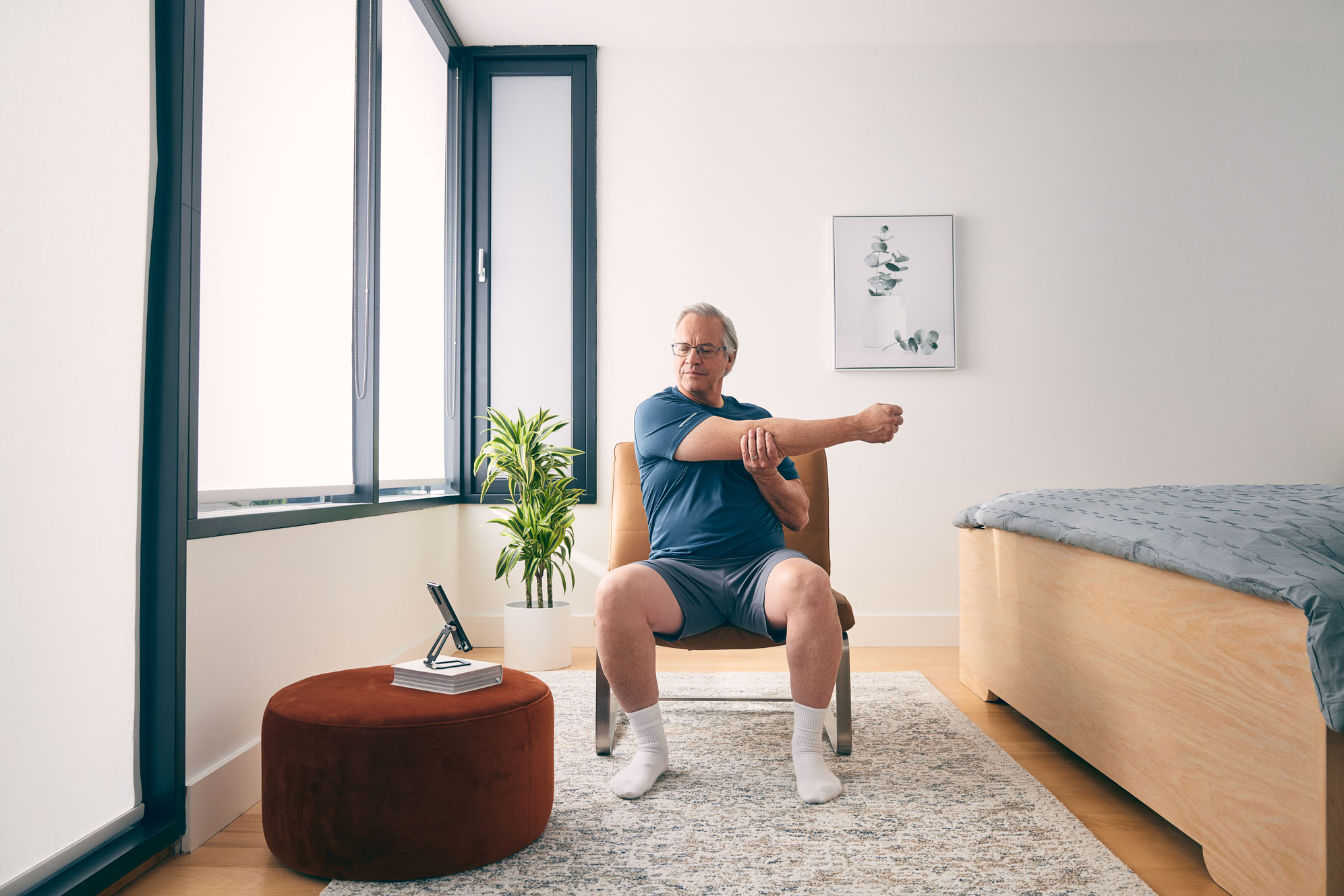How to stretch your whole body: a simple full-body stretch routine from physical therapists
Learn why stretching is important and discover the benefits of a full-body stretching routine. Explore the best stretches to prevent and manage joint pain.
0 $ pour vous
Dernière mise à jour : Jul 22, 2025
Table des matières
- Head Turns with Hand
- Cross-Arm Stretch
- Back Rotation Stretch
- Quad Stretch
- Right Median Nerve Glide
- Lower Body Nerve Glide
- Left Ankle Mobilization
